Production: Behind the Scenes of Seedpod Manufacturing at Flash Forest
One of the main advantages to our work here at Flash Forest is the speed and scale of our solution, made possible by the work of our automated manufacturing process. One of the key figures behind this groundbreaking approach is our Manufacturing Lead, Quinn Daigle, who plays a pivotal role in the production of our unique seedpods. In this exclusive interview, we delve into the intricacies of the production process, exploring the challenges, triumphs, and day-to-day operations that drive our mission forward.
Can you describe your role and responsibilities as a member of the production team at Flash Forest?
I am the manufacturing lead at Flash Forest. I have created the process of manufacturing the seed pods, along with the equipment used to automate the production. My role is to design, implement and manage the manufacturing equipment, manufacturing supply chain and manufacturing workforce to produce the required number of seed pods for a given planting season.
What does a typical day look like for you during production season?
There is no such thing as a typical production season! Each season has been vastly different, due to new equipment, process and team sizes. My day to day during the production season can vary from running the manufacturing equipment myself, to managing the workforce, to troubleshooting equipment, solving logistics problems, or in some cases while things are running smoothly, I can hand off the work to the production team while I help with field operations.
When is the production season?
Production season ramps up in mid September with sourcing raw ingredients for the pods and working with blenders to mix them together. All new equipment and updates to equipment are completed in October-December, and the full time production kicks off in January.
What is the production process that a seedpod goes through?
The pods go through 5 main processes, which has been condensed into 3 steps. The first is blending the raw ingredients together. Next, they are formed into the pod shape, which must have a consistent size and shape for easy handling and drone deployment. The pods then go into the final processing step, where they are aligned for seeding, have a seed inserted into them, and then “glued” in place using a special sap.
How many seedpods can FF produce in one day?
Production output can vary depending on hours worked, labour and other resources. Generally, FF can produce over 1M pod shells (non seeded pods) in a day, and seed roughly 300k pods per day.
How closely do you work with the plant science and engineering department and in what ways?
I work very closely with plant science to verify different ingredients. Ingredient specs are critical to producing good pods shells, and what makes a good pod shell doesn’t always line up with what is best for the seed. So Plant science and production often work together to adjust the ingredients as we learn in order to improve the processing of the ingredients and improve the pod performance in the field. I often collaborate with the engineering team on their projects in order to follow along and stay in the loop with their requirements. They want to have very tight tolerances for the pods size/shape and other specs in order to keep things consistent during feeding in the drone and deployment.
What are some of the most common issues you encounter with seedpod production, and how do you solve them?
Troubleshooting machinery is a big part of the job. Some of the equipment we use is adapted from other industries, and other equipment is completely custom. It's still the early stages, so there is a lot to learn and improve.
How has the seedpod production process changed from 2019 to present day?
In 2019, seedpod production was done entirely by hand, using a very time intensive and labour-intensive process. Now, all processes are automated by machinery, and the operator just needs to supervise the equipment to keep it running and to manage mass flow in and out of the equipment.
Are there any cool projects or improvements that the production team is looking to implement for the 2024-2025 production season?
For 2024-2025, it will be the first time the production will run without adding new equipment or changing the process significantly. We will be using all the same equipment and process as the previous year, for the first time. This means we can focus on improving what we have instead of trying to learn and adapt to something new.
What’s your favourite part about working at FF during production season?
There’s never a dull moment!
What’s your favourite tree species?
My favourite tree species are Ash and Birch trees.
Stay tuned as we highlight some amazing updates from each of our departments over the next few weeks!



